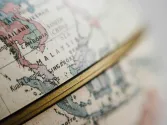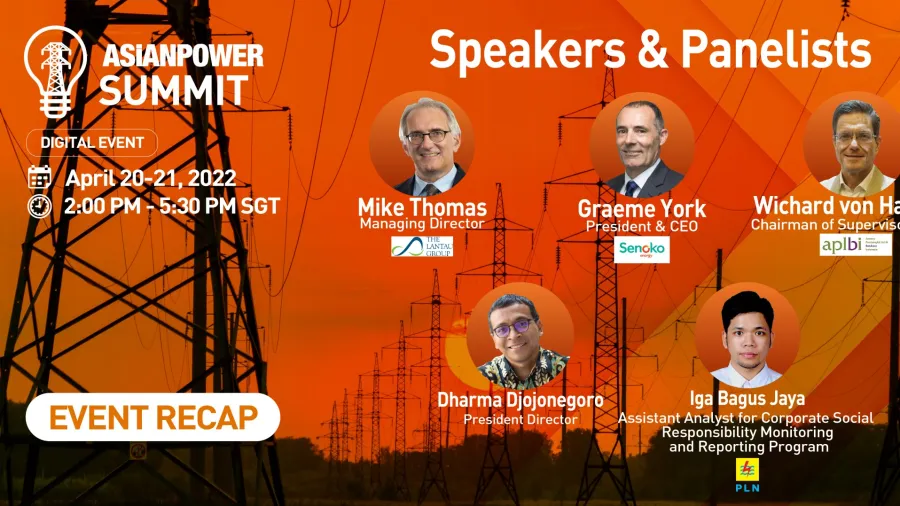
Why are Asia’s decarbonisation efforts falling short
More than solutions, the markets need stronger energy security and targets, expert claims.
Technological solutions are available to tap into to increase renewable energy capacity, but what is needed by the markets in the Asia Pacific region is a strong decarbonisation agenda that takes into account energy security, as well as frameworks that will support their energy transition.
Mike Thomas, managing director of The Lantau Group, some markets only have decarbonisation elements such as renewable energy certificate (REC) markets, renewables portfolio standards or some markets.
“Very few [countries] have set binding targets or have fixed the sort of the balkanization of what I call the REC markets where everybody's got their own thing,” Thomas said at the Asian Power Summit.
He cited Singapore as an example which has a “well-defined problem” on supply and plans to import energy as it has limited renewable resources which put the security of supply and decarbonisation agenda together, offering a solution to the problem.
This challenge also poses risks to investors and potential investments for the markets, Thomas said. Unless there is a policy built and if a market is looking at possibly adding capacity in response to the market need or supply security or variability, they may not be able to secure the long-term, financial instrument it needed.
The framework elements, meanwhile, would be important in the next two to three years when countries recover from the pandemic, he said.
Meanwhile, Graeme York, president and CEO of Senoko Energy, said that it is important for everyone to “work in concert with one another.”
“You need clear government objectives supported by policy, but then supported by all the infrastructure and creating the environment for business for universities, entrepreneurs to come together to, to come up with solutions,” he said.
York, however, said if there is no framework or a target for the energy transition, it would be pointless to have those solutions.
With the threats posed by the Russia-Ukraine conflict to the energy security, York said it has increased the importance of veering away from coal and relying on renewable energy sources.
“People are very supportive. They want to move away from reliance on fossil fuels, be that coal, oil or gas and head more towards renewables, but it's still a long journey to get there,” he said.
‘Biggest lever’
There is not just one solution to decarbonise as offsetting emissions through renewables is only one of the options which include energy efficiency, capture and storage, substituting fuel, and optimising operations, according to Wichard von Harrach, chairman of the Supervisory Board at APLBI, the association of coal-fired plants in Indonesia.
But power plants can contribute by ensuring energy efficiency–the “biggest lever to decarbonise,” Harrach said.
Indonesia is heavily reliant on coal-fired power plants, with 67% of the electricity generated in 2020 coming from coal, with renewable at 13%, gas at 17%, and diesel at 3%. Coal generation is expected to fall to 59% by 2030, and renewables will rise to 25%, whilst gas is seen at 15%, and diesel at 1%, according to the RUPTL 2021-2030.
Emissions in Indonesia's energy sector were at 450 million tonnes in 2010 and reached 640 million tonnes in 2020. This is expected to reach around 1.7 billion tonnes in a business-as-usual scenario by 2030 and the government has proposed to reduce it by 11% to 14%.
Harrach said that based on estimates, offsetting the existing 1,000-megawatt (MW) coal-fired plant in Indonesia meant the need to generate 7,000 gigawatt-hours (GWh) of electricity with renewables which would require about 4GW of wind and 5GW of solar. The numbers may sound small but, for Indonesia, which has around 170MW of solar and 240MW of wind capacity, it will be difficult to achieve.
He added that offsetting 1MW of coal with 1MW of solar will only reduce carbon footprint by 1,300 tonnes, whilst 1MW of wind will reduce carbon dioxide emissions by 1,440 tonnes. Offsetting emissions through the existing forests could only reduce emissions by about seven to 11 tonnes per hectare.
“We are doing everything in parallel. This is an energy transition so of course, we are fostering solar and wind and forest conservation, but the biggest lever is inefficiency,” he said.
“Energy efficiency is done in the entire value chain, from coal handling, to waste management, and the approach that our members are taking is to continuously analyse and look where efficiency can be improved,” he added.
Harrach cited as an example a three-year project taken up by one of its members to improve the energy uptake of their boiler for energy efficiency. This was done by increasing the heating surface area of boiler tubes, as well as Mills and ID Fans capacities. The process could avoid the use of 40,000 tonnes of coal equivalent to 80,000 tonnes of carbon dioxide emissions.
But still, APLBI recommended that all generation opportunities for emissions reduction should be taken in “one holistic approach.” Whilst doing everything in parallel, Harrach said that there is a need also to do international certificate trading which will make opportunities attractive for Indonesia.
Other Indonesian efforts
The transition to a “green economy” will drive the demand for green minerals, which Adaro Power can cater to, said its President Director Dharma Djojonegoro.
Djojonegoro noted that an electric vehicle would require 30% more aluminium than normal cars and their batteries need 35 kilos of nickel for a pack, as well as eight kilograms of lithium in a single-car lithium-ion.
The wind sector would also be needing lots of steel, around 90 tonnes of metallurgical coal to produce steel for each megawatt of wind power, 120 tonnes for each megawatt of wind power, and one tonne of aluminium in a single wind turbine. For solar power, seven tonnes are needed for each megawatt of the solar PV plant, and four million tonnes of aluminium demand from the solar power sector by 2040.
READ MORE: What can Adaro Power contribute to the shift to a green economy?
Djojonegoro said that Adaro will continue to develop renewable energy projects including participating in Singapore’s renewable electricity import project. The company is also one of the two consortiums that passed the pre-qualification of the waste to energy project in West Java. Adaro is also looking at developing a hydro project in North Kalimantan which will also include a large green industrial estate.
Meanwhile, state-owned energy firm PT Perusahaan Listrik Negara (Persero) implemented two programmes that support the sustainability of communities. The first project is the Waste to Energy Programme, which aims to reduce waste in the community and turn them into a conversion material in the electricity production process.
The second programme is the fly ash and bottom ash (FABA) waste utilisation program wherein FABA is collected from chimneys at the generator of power plants and turned into bricks and other building materials.
READ MORE: Three focus areas of Indonesia’s ‘PLN Empower’
Iga Bagus Jaya, assistant analyst for the Corporate Social Responsibility Monitoring and Reporting Program at PLN (Persero), also said that PLN has taken concrete steps in reducing carbon emissions in its business processes by integrating renewable energy sources such as wind and hydropower which contribute to its target of reaching clean energy sources by 23% by 2024.
The energy firm is also applying the co-firing method in its steam power plants. Jaya said co-firing is adding around 1% to 5% of biomass as a potential replacement for fuel or coal mixture. Biomass can be produced using organic and non-organic waste management and converted into a pellet to be used for co-firing.
He said co-firing steam power plants can be used in as many as over 114 generators of PLN and can produce around 18,000MW of electricity.
Challenging future
Thomas said electricity demand in many Asian markets is expected to “grow robustly post-pandemic” and exceed prior trends on the back of digital and future electrification trends.
He noted Singapore, which has a low projected demand compound annual growth rate (CAGR) from 2020 to 2031 at 2.77%, whilst its high projected growth rate at the same period was 3.47%, citing data from the Singapore Electricity Market Outlook. The actual CAGR demand between 2018 and 2020 was 0.2%.
“The need for commercial power has never been greater. I think demand growth is part of the Asian story and will be part of the energy transition story. What mix will emerge versus what mix should emerge versus what mix could emerge are open questions,” he said.
However, Thomas said that the environment for the commercial power sector is “more challenging now” as many big “forces” are reshaping the energy sector such as new technologies and fuels, decarbonisation policy, security of supply, and digitalisation and optimisation.
This uncertainty raises the questions of where the sector can find value in their strategies, with some going for the “end-game” orientation and opting to pursue renewable energy only. Others will go for an “emerging critical need” orientation and prioritise flexibility by specialising in storage or data-driven dynamics for other markets that may need such services.
Some are building bridges, such as natural gas to hydrogen facilities, whilst others are finding value in their existing assets and optimising them through portfolio rebalancing, and diversification, amongst others. Others, meanwhile, are doing “a little bit of everything.”
“The one thing we know is that the capital intensity of the sector is going to dramatically increase over time, it's inevitable because all of the zero-carbon or low carbon technologies are extremely capital intensive,” Thomas said.
Protection
On the other hand, there are “hold up risks” to the investments as companies are exposed to competitors or policy changes that can appropriate their values. When it comes to decarbonisation, which framework is designed to “kick things that don’t fit,” there is a need for contractual protection.
Thomas said that when going through an energy transition, there is a need to move away from merchant exposure and towards maintaining supply security and longer-term contracts.
“Otherwise, we don't get the investment and we certainly are seeing a shortening of people's willingness to invest long term without long term contracts. And that, in a fast-growing market, can create some problems if you're getting close to running out,” he said.
He also said that in another scenario, some investors, when confronted with uncertainty, resort to shorter-term decisions “unless they can get offsetting longer-term protection” as demand growth does not make critical decisions easier, whilst long-term commitments are becoming “riskier” because of the expanding future possibilities.
Without long-term contract protection, companies may get their money back faster at a premium cost and accelerate transition as conventional generation asset value stranding becomes a rising concern. But having a long-term contract of 25 years with exposure for example at the end of 15 years, the company may not have gotten the return on investment they are expecting.
“One way or the other, if back end uncertainty isn't mitigated in some way, conventional generation resources start pricing themselves out of the market in the future more quickly than then people would think, but at a premium cost to customers and to society over time,” Thomas said.
“The momentum for the energy transition is building. It's not always orderly. It's not going to be smooth. Probably won't be cheap. But it'll be interesting. There'll be plenty of opportunities,” he said.
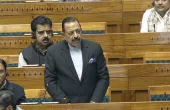

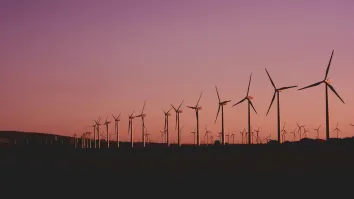
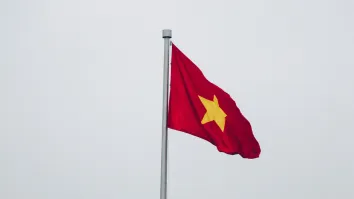
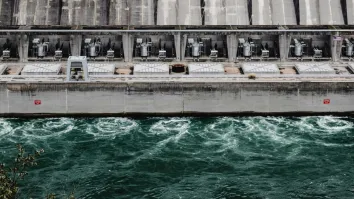
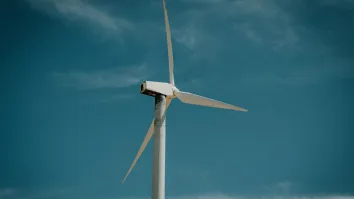













 Advertise
Advertise


